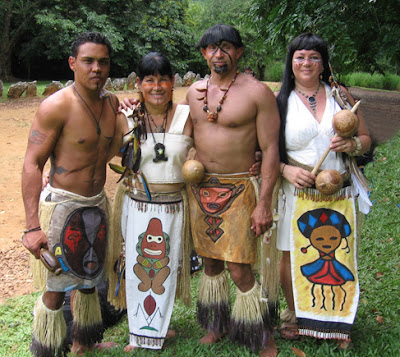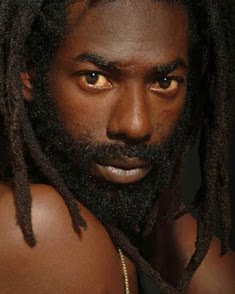Hiking The Himalayas With A Suitable Boy
I've been away for awhile, immersed in the vivid details of India. The Indian Himalayan mountain ranges are the loftiest in the world and though I've never witnessed them in person, I feel like I have an idea of what it might be like to scale them. At 1474 pages, A Suitable Boy by Vikram Seth, is one of the longest novels of the last century and the longest one -volume offering in the English language. It tops War and Peace and Ulysses in length and in the intimidating heft of the tome, which is saying a lot. A Suitable Boy is exhaustive in its scope of 50s era Indian life, examining everything from politics and castes, to religion and food. I feel like I've spent weeks in India, observing ceremonies, talking with families and learning it's complex history and I'm both enlightened and tired from the experience.
Set in the early 1950s, shortly after the Partition of India and Pakistan and during the first elections after independence, the novel offers insight into the current challenges of the region as well as a well-developed perspective of arranged marriages and extended families. A Suitable Boy chronicles the intertwined lives of four families as well as the search headed by Rupa Mehra to find a suitable husband for her 19-year-old daughter, Lata. Although it has been called a soap opera and the title implies a romantic tale, it is neither. Seth is neither sentimental or melodramatic with his characters and I appreciate that. Of course, I identified with independent-minded, soft-spoken Lata, a college student who longs for the totally unsuitable Kabir, a handsome and poetic suitor who is Muslim and therefore not a good match for her Hindu background. There's also Amit, a glamorous Brahmin who is a celebrated, if whimsical, poet who's also not from the right caste. Instead, her mother chooses Haresh, a socially awkward, gauche shoe-maker who wears flashy shoes 20-years out of style and speaks English with a comical accent. But Haresh is kind and thoughtful and most importantly, the right caste. It's easy to get upset by the rigidly narrow caste system and the unfairness of it all. Lata rebels and fights for her right to choose whom she will marry. However, by the end of the book, I grasped a deeper understanding of how and why the system was adopted and why Rupa refuses to ignore it.
I also gained an in-depth look at Indian classical music, the courtesan lifestyle, land reform and the struggle for Muslim women's rights. Seth didn't use many literary flourishes, the writing is direct and at times pedantic. But he makes up for it with rich detail: the characters love to sip nimbu paani (a drink of fresh lime juice and soda) eat musammis (a sweet orange) plucked from trees and douse themselves in candy-colored dye for the joyful celebration of Holi, the Hindu festival of colors. The only real problem I had with A Suitable Boy is that although Seth provides family trees for the four families, there is no glossary for the hundreds of Indian terms he scatters throughout the book. I not only had to scale the Himalayas during this literary journey but I had to do it with a local phrasebook in my hand. All in all, it's well worth the trip.




Comments
Have a wonderful week.
Greetings from London.